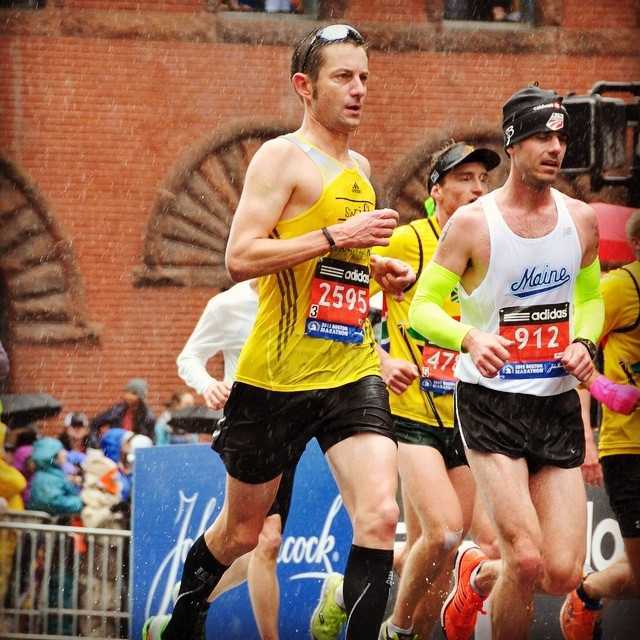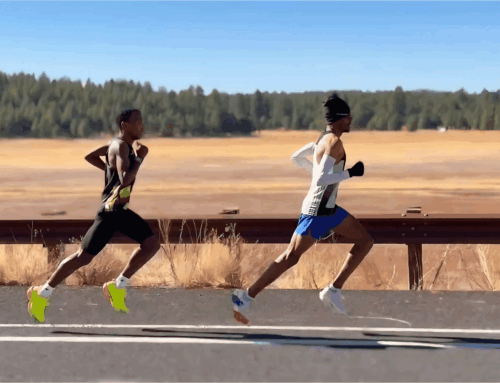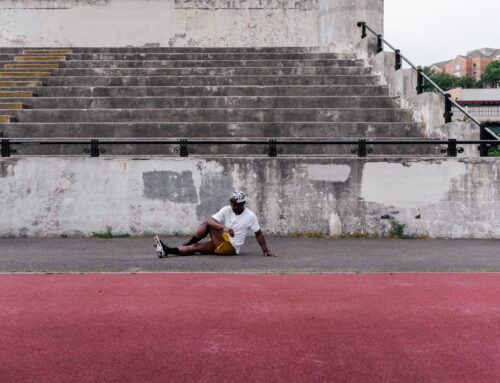
By Dr. Jack Daniels
Main thing to concentrate on in those early miles is good leg turnover and don’t let the easy downhill running lead to stride lengthening, which will result in the quads taking a beating early and feeling not so good later on. Don’t concentrate on going faster early, but if it happens without any extra effort, it shouldn’t be too bad. Typical weather at Boston is a headwind (coming off the ocean), so even having a slight downhill may not result in a faster early pace. Gotta go by feel and remember that most mistakes in races are made early, so run with your head for about 18 or 20 miles then with your heart the final miles. Weather could be hot, could be cold, could have headwind or tailwind, so run by feel and quit thinking how far you have to go, just think about what you are currently doing.
The course is a little downhill, but with some definite uphill running along the way. As with any course, especially during the Spring, weather conditions can vary a fair bit. Often there is a breeze coming at you in Boston, since you are running toward the ocean to your East, and ocean breezes often blow inland. Now and then Boston can get a pretty solid tailwind when a weather system is blowing in from the northwest. Maybe most importantly, the first five miles of the Boston course in downhill and it is easy to put in some faster-than-average mile times in those first five.
It is not bad to take advantage of those early downhill miles, but it is usual for your quads to take a beating as a result of downhill running and if you are not used to it, the latter miles at Boston can be a real struggle. The idea is to take a little advantage of the first five miles (by going a few seconds faster than you plan to average over the entire course), but to realize you will also be losing some time between miles 16 and 22 when there is a fair bit of uphill running to be done. However, if your legs are used to some downhill running and the early downhills don’t cause a problem later on, the final 3 or 4 miles are also downhill and you can take advantage of those toward the end of the race.
Overall, on a calm and nice day, and with a nice steady effort, the Boston course can allow you to run a little more than a minute faster than a perfectly flat course will allow. Take advantage of the advantages and minimize the disadvantages that you have to face.





Leave A Comment